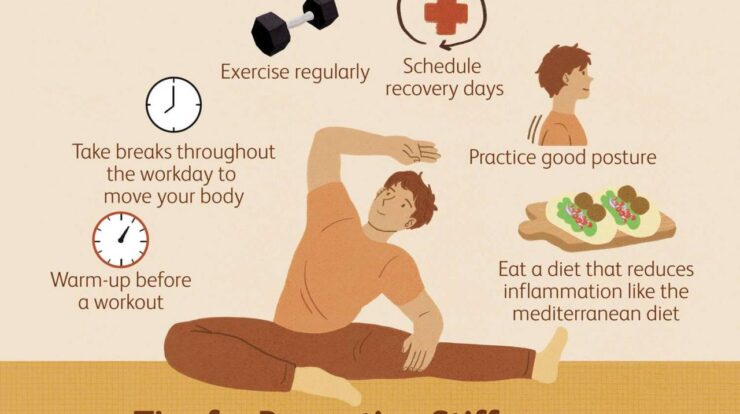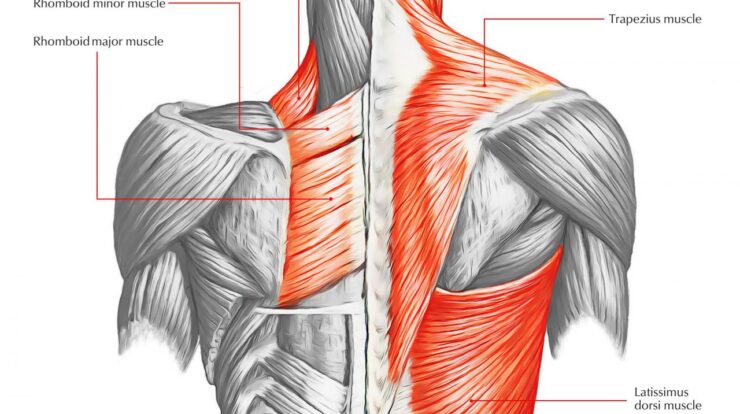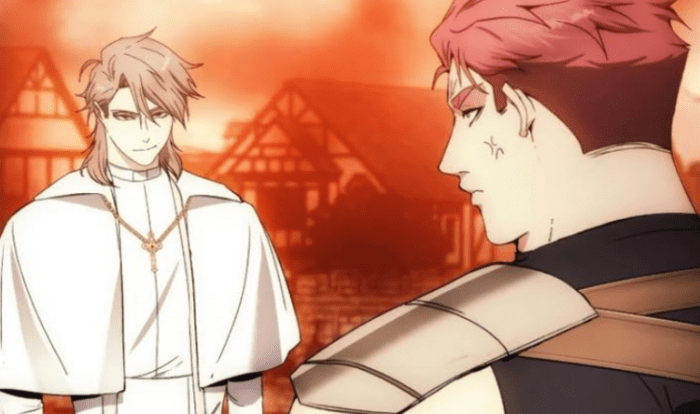
How to live as a villain ch 94 – Embark on a captivating journey into the shadowy realm of villainy as “How to Live as a Villain Chapter 94” unfolds. This chapter promises an immersive experience, delving into the intricate depths of a villain’s psyche, strategies, and ultimate destiny.
Prepare to witness the villain’s motivations unravel, their goals take shape, and their lair become a reflection of their twisted desires. As the narrative progresses, alliances and enmities intertwine, shaping the villain’s path toward triumph or downfall.
Exploring the Villain’s Mindset
The villain is a complex and fascinating character, one who often captures our attention and sparks our curiosity. What makes a villain tick? What are their motivations? And how do they justify their actions?
There is no one answer to these questions, as villains come in all shapes and sizes. However, there are some common psychological characteristics that many villains share. These include:
- A need for power and control. Villains often feel a need to be in control of their surroundings and the people in their lives. They may have a desire to dominate others or to manipulate them to get what they want.
- A lack of empathy. Villains often have a difficult time understanding or relating to the emotions of others. They may see others as objects to be used or manipulated, rather than as individuals with their own feelings and needs.
- A sense of entitlement. Villains often believe that they are entitled to more than others. They may feel that they deserve to have power, wealth, or status, and they may be willing to do whatever it takes to get what they want.
These are just a few of the psychological characteristics that can contribute to a character’s transformation into a villain. In addition to these psychological factors, there are also a number of social and environmental factors that can play a role.
For example, a person who has been exposed to violence or abuse may be more likely to become a villain than someone who has not. Similarly, a person who lives in a society that glorifies violence or aggression may be more likely to adopt these values themselves.
Villains are often fascinating characters, but it is important to remember that they are not all the same. Some villains are truly evil, while others are simply misguided or have been corrupted by their circumstances. It is up to each individual to decide how they feel about villains and what they believe their motivations are.
If you’re tired of suffering from gum disease, there are ways to cure it without seeing a dentist. For instance, this article provides effective methods for treating gum disease at home. Now, back to our topic, how to live as a villain ch 94…
Developing the Villain’s Goals and Strategies

Creating a compelling villain requires a well-defined plan for their objectives and strategies. The villain’s goals should be clear, ambitious, and aligned with their motivations. To achieve these goals, the villain will employ various methods, gather resources, and anticipate potential obstacles.
The impact of the villain’s actions on the protagonist and supporting characters is crucial in shaping the story’s narrative. The villain’s schemes and actions should create tension, conflict, and drive the plot forward.
The secrets revealed in “How to Live as a Villain Ch 94” are invaluable, but don’t forget to take care of your oral health! If gum disease is giving you trouble, check out how to cure gum disease without a dentist . You can still conquer the world with a killer smile! Back to “How to Live as a Villain Ch 94,” the next chapter promises even more dastardly schemes and cunning strategies.
Methods and Resources
- Coercion and Intimidation:The villain may use threats, violence, or blackmail to control others.
- Manipulation and Deception:The villain may use their charisma or cunning to deceive others and gain their support.
- Alliances and Partnerships:The villain may form alliances with other villains or organizations to increase their power and influence.
- Technological Advancements:The villain may possess advanced technology or resources that give them an edge over their opponents.
Potential Obstacles
- The Protagonist’s Abilities:The protagonist may possess unique abilities or skills that pose a threat to the villain’s plans.
- Unforeseen Circumstances:Unexpected events or circumstances may disrupt the villain’s strategy and force them to adapt.
- Internal Conflict:The villain may face internal struggles or doubts that hinder their progress.
- Public Opinion:The villain’s actions may draw negative attention from the public, making it difficult for them to operate freely.
Crafting the Villain’s Lair and Appearance: How To Live As A Villain Ch 94
Crafting the villain’s lair and appearance is a crucial step in creating a memorable and believable antagonist. The lair should reflect the villain’s personality and goals, while the appearance should convey their unique style and motivations.
The Villain’s Lair
The villain’s lair is their sanctuary, a place where they can plan their evil schemes and hide from their enemies. When designing the lair, consider the following factors:
- Location:The lair’s location should be strategic, providing the villain with easy access to their target areas and a quick escape route.
- Size and Layout:The lair should be large enough to accommodate the villain’s needs, but not so large that it becomes unwieldy. The layout should be functional, with easy access to all areas of the lair.
- Security:The lair should be well-secured, with multiple layers of defense to keep out intruders. This could include traps, guards, and advanced technology.
- Atmosphere:The lair’s atmosphere should reflect the villain’s personality. For example, a villain who is dark and brooding might have a lair that is dimly lit and filled with shadows, while a villain who is flamboyant and eccentric might have a lair that is brightly colored and decorated with exotic artifacts.
The Villain’s Appearance
The villain’s appearance is just as important as their lair. It should convey their personality, motivations, and goals. When creating the villain’s appearance, consider the following factors:
- Clothing:The villain’s clothing should be distinctive and memorable. It should reflect their personality and goals. For example, a villain who is a master of disguise might wear a variety of different outfits, while a villain who is a ruthless dictator might wear a military uniform.
- Accessories:The villain’s accessories can add to their unique look. This could include weapons, gadgets, or jewelry. For example, a villain who is a skilled swordsman might wear a sword at their side, while a villain who is a master of technology might wear a variety of gadgets.
- Distinctive Features:The villain’s appearance can also be enhanced by distinctive features. This could include scars, tattoos, or birthmarks. For example, a villain who is a former soldier might have a scar on their face, while a villain who is a member of a secret society might have a tattoo.
By carefully crafting the villain’s lair and appearance, you can create a memorable and believable antagonist that will keep your readers on the edge of their seats.
Building the Villain’s Allies and Enemies
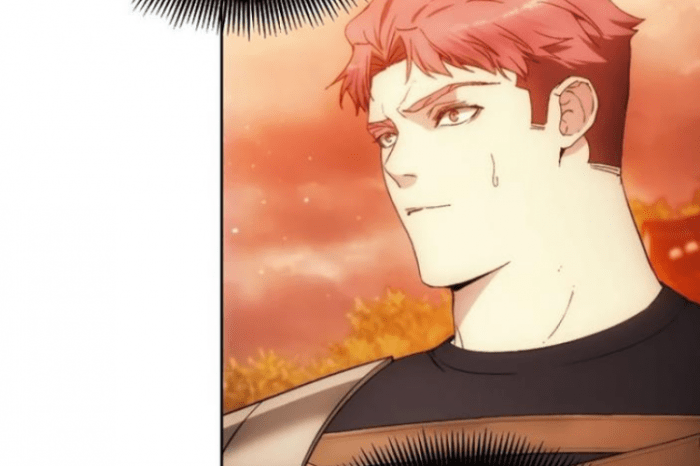
Creating a villain involves not only their personality and goals but also the people around them. Allies and enemies play a significant role in shaping the villain’s journey and motivations. Here’s how to build these characters effectively.
As you explore the depths of “how to live as a villain ch 94,” you’ll find a treasure trove of knowledge on the art of villainy. From mastering cunning strategies to navigating treacherous alliances, this chapter will equip you with the tools to thrive in the shadows.
Delve into the world of “how to live as a villain ch 94” here and embrace your destiny as a master manipulator.
Identifying Allies and Their Motivations
The villain’s allies are those who support their goals and ambitions. Their motivations can vary, including:
- Shared beliefs and ideologies
- Personal loyalty or admiration
- Desire for power or influence
- Fear of the villain’s power or retribution
Creating a List of Enemies and Their Reasons
The villain’s enemies are those who oppose their plans and goals. Their reasons for doing so may include:
- Moral objections to the villain’s actions
- Threats to their own interests or safety
- Personal grudges or rivalries
- Sense of justice or duty
Dynamics and Conflicts Between Associates
The interactions between the villain’s allies and enemies create dynamic and often conflicting relationships. Consider the following:
- Alliances of convenience that may break down under pressure
- Betrayal and double-crossings among allies
- Complex relationships between enemies, such as respect or grudging admiration
- The role of outsiders who may influence or manipulate these relationships
Orchestrating the Villain’s Downfall
The climax of any villainous narrative lies in their inevitable downfall. This pivotal moment is a culmination of their actions, mistakes, and the relentless efforts of their adversaries. Crafting a satisfying villainous demise requires careful planning and an understanding of the character’s motivations, vulnerabilities, and the consequences of their actions.
The Villain’s Missteps
No villain is perfect, and their downfall often begins with a series of missteps. These mistakes can be strategic blunders, underestimating their opponents, or succumbing to their own hubris. By identifying the villain’s weaknesses and exploiting them, the protagonist and their allies can gain an advantage.
Betrayal and Division
The villain’s downfall is often hastened by betrayal from within their ranks. Allies, henchmen, or even family members may turn against them due to conflicting interests, personal grievances, or a change of heart. This division weakens the villain’s power base and makes them more vulnerable to attack.
The Hero’s Role, How to live as a villain ch 94
The protagonist plays a crucial role in the villain’s downfall. Their determination, resourcefulness, and unwavering belief in justice drive them to confront the villain and overcome their evil schemes. The protagonist’s actions, whether through direct combat or strategic planning, contribute significantly to the villain’s defeat.
Consequences and Resolution
The villain’s downfall has far-reaching consequences for the story and its characters. Their defeat brings closure to the conflict, restores order, and sets the stage for a new chapter in the protagonist’s journey. The consequences of the villain’s actions, both positive and negative, shape the story’s resolution and provide valuable lessons about the nature of good and evil.
Final Wrap-Up
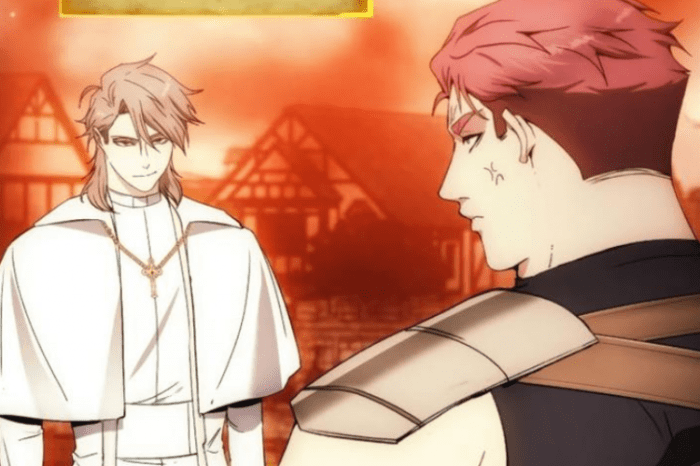
In the climactic moments of “How to Live as a Villain Chapter 94,” the villain’s fate hangs in the balance. Their mistakes, betrayals, and ultimate defeat become a testament to the consequences of their actions. Through the interplay of protagonist and antagonist, the story reaches its resolution, leaving readers to contemplate the complexities of good and evil.
Top FAQs
What is the significance of the villain’s lair?
The villain’s lair serves as a physical manifestation of their personality and goals, providing a glimpse into their inner world and motivations.
How do allies and enemies shape the villain’s journey?
Allies provide support and resources, while enemies challenge and obstruct the villain’s plans, creating conflict and driving the narrative forward.
